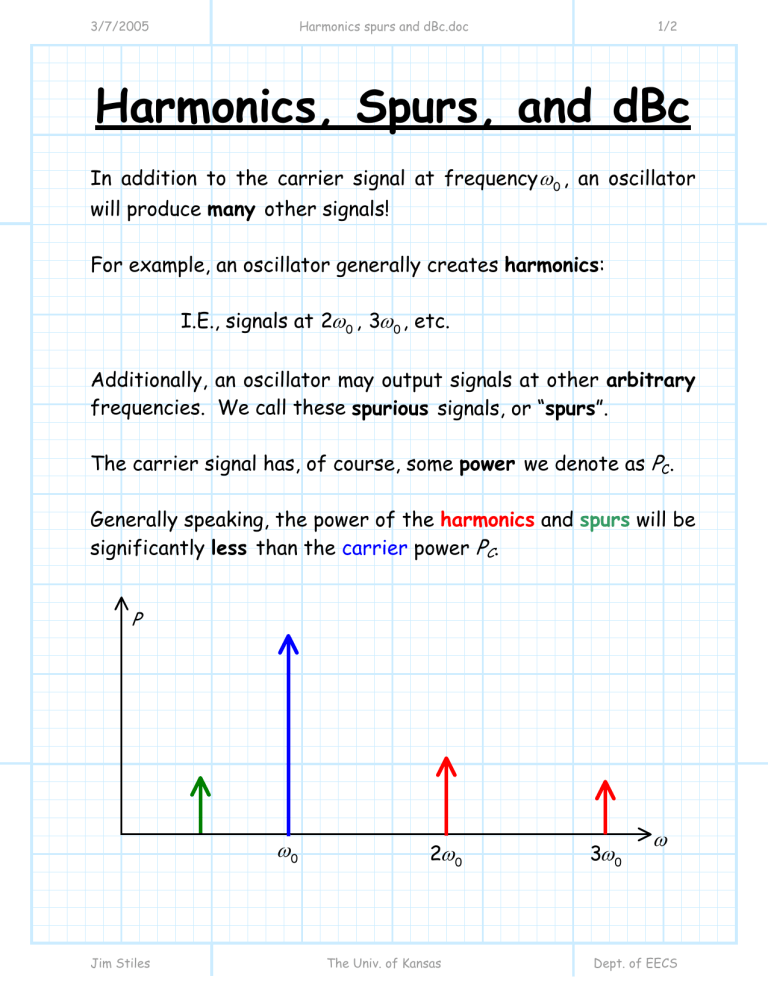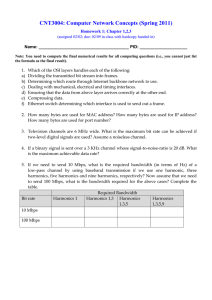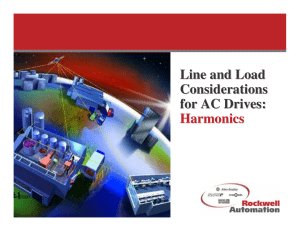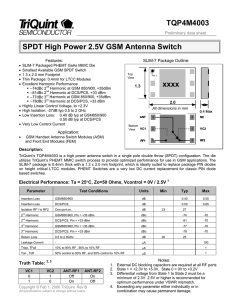Harmonics, Spurs, and dBc

3/7/2005 Harmonics spurs and dBc.doc 1/2
Harmonics, Spurs, and dBc
In addition to the carrier signal at frequency ω
0
, an oscillator will produce many other signals!
For example, an oscillator generally creates harmonics :
ω , 3 ω
0
, etc.
Additionally, an oscillator may output signals at other arbitrary frequencies. We call these spurious signals, or “ spurs ”.
The carrier signal has, of course, some power we denote as P
C
.
Generally speaking, the power of the harmonics and spurs will be significantly less than the carrier power P
C
.
P
ω
0
2 ω
0
3 ω
0
ω
Jim Stiles The Univ. of Kansas Dept. of EECS
3/7/2005 Harmonics spurs and dBc.doc 2/2
We can of course represent the power of the harmonics and spurs in dBm or dBW.
However, often what we are interested in is not what that power of the harmonics and spurs are specifically , but instead what the power of the harmonics and spurs are in relation to the carrier power P
C
.
We want spurs and harmonics to be small in comparison to P
C
!
Therefore, we define a new decibel relationship:
P dBc 10 log
=
10
⎛ ⎞
⎝
P
P
C
⎠
P dBm
) -
P dBm
= P dBw
) -
P dBw
)
)
For example, if P
C
= 10 dBm and the power of the first harmonic is –40 dBm, then the power of the first harmonic can be expressed as –50 dBc.
In other words, the first harmonic is 50 dB smaller than the carrier.
Jim Stiles The Univ. of Kansas Dept. of EECS






